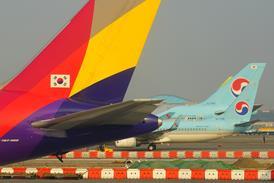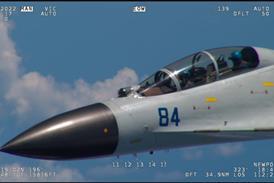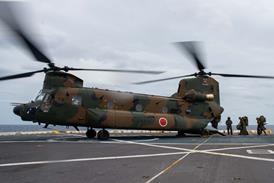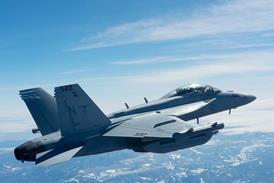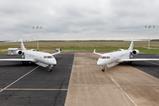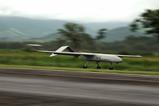Elected lawmakers in the USA are moving to limit purchases of the Lockheed Martin F-35 stealth fighter by the Pentagon.
A draft version of the 2025 National Defense Authorization Act (NDAA) would cap new F-35 acquisitions at 48 aircraft until the US Department of Defense (DoD) addresses what lawmakers call “long-standing challenges” to aircraft availability and mission readiness rates.
The 48-aircraft limit would be substantially lower than the Pentagon’s request for 68 jets in 2025. The US Air Force would see the largest reduction under the NDAA provision, with its F-35A buy for 2025 dropping from 42 to 30 aircraft.
Purchases of the short take-off and vertical landing F-35B and carrier-capable F-35C would each be cut from 13 to nine examples. Those caps would remain in place until the Pentagon takes steps to improve aircraft sustainment.
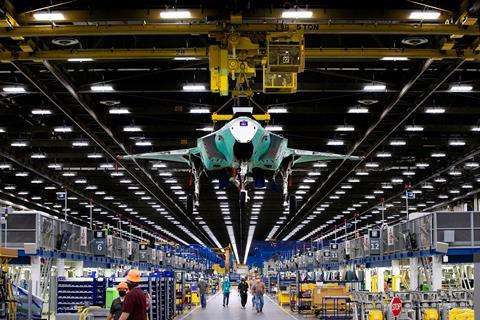
Lawmakers in Washington have become increasingly vocal over the past year about their dissatisfaction with the F-35 programme, which is often described as the most expensive defence procurement in history.
Congressional consternation has been directed at two main areas: the lengthy delay in certificating the latest version of the jet, known as Technical Refresh 3 (TR-3), and sustainment challenges that have led to F-35 mission capable rates far below established targets.
The issue of low aircraft readiness rates tied to the availability of spare parts has been highlighted for years. In 2019, a review by auditors at the US Government Accountability Office (GAO) found only 27% of F-35s were fully mission capable, while 52% were partially mission capable.
Partially mission capable was defined as the multi-role strike aircraft being able to perform at least one of its assigned missions.
During the time of that study, F-35s were unable to fly nearly 30% of the time due to spare parts shortages, the GAO said.
A more recent GAO review from 2023 found the mission capability rate had only improved slightly, to 55%. Availability rates for all three F-35 variants ranged from 50-57%, far below the programme goal of 90% for the F-35A and 85% for the F-35B and C variants.
“This performance was due in part to challenges with depot and organisational maintenance,” the GAO said. “The programme was behind schedule in establishing depot maintenance activities to conduct repairs.”
The issue is a significant driver of cost for the F-35 programme, with sustainment and operation predicted to represent $1.3 trillion of the more than $1.7 trillion in full life-cycle costs associated with fielding the stealth fighter.
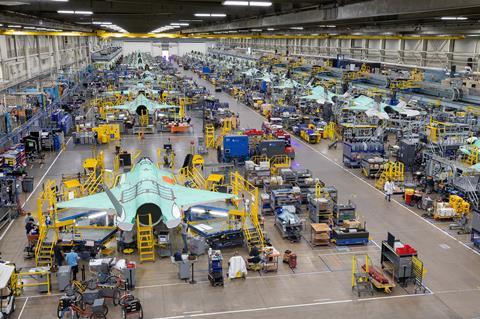
Among the requirements included in the draft NDAA is a requirement to complete the global network of service depots, where major repairs, overhauls and upgrades can be performed
Other requirements in the legislation include developing a plan to field a so-called “digital twin” model to assist with sustainment, the procurement of at least one testbed aircraft to aid the development and testing of new avionics, and the creation of a new mission software integration laboratory to enable concurrent testing of the new TR-3 hardware and software.
Lockheed began producing TR-3-configured F-35s before achieving full airworthiness certification for the new systems – a process that has proved far more challenging than expected.
In 2023, the Pentagon declared it would stop accepting new TR-3-standard F-35s until certification was achieved. That hiatus lasted for one year, until pilot training needs and physical security concerns about so many jets being stored forced a change.
The DoD is now accepting the fighters in a modified configuration that allows their use in training flights. A portion of the payment for each aircraft is being withheld until TR-3 is fully certificated.
That milestone is not expected until sometime in 2025, according to Lockheed and the GAO.
According to the 2025 NDAA, the 48-aircraft limit on new procurement will be lifted when the Pentagon has met the full list of requirements.




